Why the Gosaikunda Trek Feels Like a Shortcut to the Heart of the Himalayas
If there’s one trek that sneaks up on you and steals your breath without even trying, it’s the Gosaikunda Trek. Not because it’s the hardest, or the longest, but because out of nowhere — boom — you’re staring at this freakin’ holy alpine lake, surrounded by wild, jagged peaks, and you’re like, “Why isn’t the whole world talking about this?” It’s just a 8-day trek, but it packs the kind of mood swings only the Langtang region can deliver — misty forests, raw ridgelines, sleepy Tamang villages, and sudden bursts of snow and sun like the Himalayas can’t decide. One moment you’re sipping tea next to a prayer flag-fluttered stupa, the next you’re climbing switchbacks that make your legs curse in five languages. But that final moment when Gosaikunda reveals itself — yeah, that’s when it all makes sense.
You don’t just walk the Gosaikunda trail — you feel every inch of it. It starts out gentle, almost teasing, winding through quiet Tamang villages and pine-filled forests where prayer flags flap like whispers. But as the altitude kicks in, so does the grit. The terrain gets rocky, the air thinner, and you’re suddenly questioning your life choices — until the clouds break and boom, the Himalayas slap you with a view that shuts you up. Peaks like Langtang Lirung and Ganesh Himal don’t just show up — they tower, like ancient gods watching over your every step. The climb to Gosaikunda Lake? Brutal. But the moment you see that icy blue water just sitting there like a hidden shrine at 4,380 meters — silent, sacred, surreal — it hits different. This trek’s not just about distance or altitude. It’s about headspace. It’s rough, it’s pure, and it leaves something in you that doesn’t leave.
You don’t have to be a botanist to get hit by how alive the Gosaikunda trail feels. Right out of Dhunche, it’s green chaos — thick forests with twisted oaks and tall pines crowding the path, like they’re guarding it. Rhododendrons? Everywhere. Some days it feels like you’re walking through a blooming tunnel straight out of a postcard. Higher up, near Chandanbari, the trees start giving up, and the vibe changes — less shade, more sky, and those wind-bent alpine shrubs clinging to the hills. It’s quiet up there. Sometimes too quiet. Then out of nowhere, a Himalayan monal flashes by like a flying rainbow, or a monkey crashes through the bamboo just to remind you — yeah, this is their home. Past Lauribina, it turns bare and moody — rocks, cold winds, and yaks staring at you like you’re the tourist. It’s not manicured. It’s raw, unpredictable, and honest. And that’s what makes the Gosaikunda trail feel like a living thing.
Route Overview That Actually Tells You What You’re In For — Gosaikunda Trek
Here’s the deal: you start in Kathmandu — chaos, traffic, and all that city madness — then bounce straight to Dhunche by road. It’s a slow grind up winding mountain roads where every bend teases you with bigger views, and your stomach probably flips a few times on the switchbacks.
Once the trekking boots hit the dirt, the real fun begins. Dhunche to Chandanbari (locals call it Sing Gompa, don’t get confused) drags you through dense forests full of those massive pines and rhododendrons. Prayer flags everywhere like someone’s been shouting “Welcome!” to every traveler that passes. The trail isn’t forgiving, altitude starts messing with your head, but those views? Unreal.
From Chandanbari, the slog up to Gosaikunda itself is a proper test. The trail goes from forest to rocky alpine wasteland real quick. That Lauribina Pass isn’t messing around — steep, cold, and winds that try to knock you off balance. But when the lake finally shows up, all that leg-burning nonsense melts away. The place is magic — icy blue, dead silent, surrounded by craggy peaks that look like they’re straight out of a fantasy movie.
Coming back down retraces your steps, but with a lighter heart and sore legs. Back through Chandanbari, down to Dhunche, and then that long, bumpy ride into Kathmandu where the city noise hits you like a slap. This route isn’t about luxury or smooth sailing — it’s about earning every view, every breath, and every quiet moment at that holy lake.
Top Highlights Of Goasikunda Trek
Look, the Gosaikunda Trek ain’t no walk in the park, but it’s the kind of trip that sticks with you. Short enough to squeeze into a week but long enough to kick your ass and blow your mind. There’s no fancy lodges or Instagram-perfect setups here — just real mountains, real people, and moments that slap you in the face with how raw Nepal’s Himalayas can be. Here’s what actually makes this trek worth dragging your legs through the mud and cold for.
Real Highlights from the Gosaikunda Trek
- That freaking icy blue lake, Gosaikunda, sitting way up at 4,380 meters — like a frozen mirror in the middle of nowhere.
- The killer climb up Lauribina La Pass at 4,610 meters — legs burning, lungs screaming, but damn the view makes it worth it.
- Walking through thick rhododendron forests that explode in colors when spring hits — like nature’s own acid trip.
- Catching a glimpse of Langtang Lirung, this massive mountain staring you down like a boss.
- Chilling in tiny Tamang villages, drinking tea with locals who’ve been living here forever, totally different world.
- Yaks everywhere — standing, munching, maybe blocking your path, making you laugh or curse depending on the day.
- Seeing monkeys messing about or spotting shy barking deer hiding in the bushes — wildlife shows for free.
- The steep, nasty climbs that make you question your life but also pump you full of adrenaline.
- Buddhist stupas and old monasteries popping up out of nowhere — reminders you’re walking through something sacred.
- Nights spent in no-frills tea houses where the dal bhat tastes like heaven after a day of walking.
- The whole trek’s like a nature playlist — thick green forests one minute, bare rocky alpine the next.
- Snow-capped peaks like Ganesh Himal flexing their icy muscles on every horizon, making you feel tiny and alive.
When’s the Best Time to Tackle the Gosaikunda Trek? Here’s the Real Deal
Picking the right time for the Gosaikunda Trek isn’t just about chasing pretty weather — it’s about surviving the mountain mood swings and making sure the trail doesn’t turn into a nightmare. Honestly, late September to November (autumn) and March to May (spring) are the sweet spots — the days are mostly clear, the views snap into focus, and you won’t be slipping on mud every five steps.
Autumn hits like a breath of fresh air after the monsoon garbage washes away. The skies are usually as clear as your phone screen, the air crisp but not too cold, and the mountains put on a show like they’re auditioning for a nature documentary. Plus, the trail’s dry, which means no slipping on muddy slopes or dodging waterfalls where there shouldn’t be any. It’s busy season, yeah, but for good reason. And the nights? Cold enough to make you appreciate that extra layer you forgot to pack last time.
Spring, on the other hand, is the riot of colors that makes photographers drool. Rhododendron forests burst into pink, red, and white like nature’s own fireworks. The downside? The trail gets soggy in spots thanks to leftover snow melt and some surprise rain spells. You’ll get your boots dirty and your patience tested, but the flowers, the fresh green shoots, and the wild animals getting active again? Worth every muddy squish. Just don’t expect every day to be sunshine and rainbows — pack rain gear and a good attitude.
Winter — yeah, it’s brutal for some. Up around Lauribina Pass, temps can drop way below freezing, and the trail gets icy and sketchy. Some parts close down, and the locals might warn you off, but for those who don’t mind bundling up, it’s the season of solitude. You’ll have the trail almost to yourself, and the mountain views are sharper than ever. But forget about flowers, green forests, or warm nights — your gear better be top-notch or you’ll be miserable fast.
Monsoon season (June to August)? Bro, just don’t. The trail turns into a mudslide rollercoaster. Landslides aren’t just a rumor — they happen, and fast. You’ll be slogging through clouds of wet, thick fog, and honestly, the Himalayan views hide behind the rain like they don’t want to be seen. Rivers swell and bridges get shaky. It’s a jungle out there, and not in a fun way. Unless you want a survival story to tell, wait it out.
One thing that’s true no matter when you go — the weather in these parts doesn’t do predictability. Clouds can roll in like a surprise party, and temperatures can flip from warm sun to icy wind faster than you can zip your jacket. That’s why layering is your best friend — wool, fleece, waterproof shells, and good boots are the minimum.
And don’t forget the altitude factor. Even in the best seasons, the jump to 4,380 meters at Gosaikunda Lake hits you in the lungs. Take your time, drink water like it’s your new job, and listen to your body — pushing too hard will bite you back.
So yeah, the best seasons are autumn and spring, hands down. But if you’re down for a little adventure and some patience, winter can be its own kind of magic, and monsoon is best left as a story you hear from other trekkers — not one you live.
What You’re Really Getting for Food and Sleep on the Gosaikunda Trek
Look, this trek ain’t about fancy hotels or cushy beds. Most nights are spent in teahouses that are basic — think wooden floors, thin mattresses, and cold showers if you’re lucky. Sometimes you gotta squat over a hole in the floor, so bring your own toilet paper and sanitizer unless you wanna regret it. Power cuts happen all the time, so don’t count on hot water or Wi-Fi.
Food’s simple but filling. Dal bhat is the king — rice, lentils, some veggies — it’s what keeps the energy up when you’re killing yourself on the trail. Momos show up everywhere too, sometimes better than back home. You’ll also get soups, noodles, and maybe some fried rice or eggs if you’re lucky. Western food? Forget it, only a couple spots try, and usually it’s instant noodles or pasta that tastes like cardboard. Just roll with the local grub — it’s honest and will keep you going.
Hygiene? Depends where you are. Lower down, things are decent enough. Higher up, things get sketchy — limited water means cold bucket showers, icy toilets, and basically roughing it hardcore. But you’ll be so tired, you won’t care much — a good sleeping bag and your own towel are lifesavers.
At night, these teahouses turn into little communities — trekkers swapping stories, sipping tea, warming up around a tiny heater or a candle. It’s nothing glamorous, but it’s real and cozy in a weird way.
So yeah, pack your patience, your thermals, and your appetite for simple food and rustic stays. This trek is all about the raw mountain vibe, not luxury. And honestly? That’s part of the charm.
Trekking Permits and Rules You Gotta Know for the Gosaikunda Trek
Before stepping foot on this trail, it’s not just about boots and backpacks — you’ll need the right permits to get past the checkpoints without drama. Here’s the lowdown on what you need and where to get it:
Langtang National Park Permit (Entry Permit)
This is a must-have because Gosaikunda lies inside Langtang National Park. You can grab this permit in Kathmandu at the Department of National Parks and Wildlife Conservation or at the park office in Dhunche. It usually costs around 3,000 NPR (about $25 USD). Keep it safe — you’ll need to show it at checkpoints along the route.
TIMS Card (Trekkers’ Information Management System)
Every trekker in Nepal needs this one. It’s basically a registration card to keep track of who’s trekking where. You can get a TIMS card at the Nepal Tourism Board office in Kathmandu or Pokhara. Cost is roughly 2,000 NPR for individual trekkers. Guides and agencies usually help with this, so if you’ve got one, ask them to sort it out.
Gosaikunda Lake Entry Fee
Recently, there’s been a small fee introduced specifically for access to the sacred Gosaikunda Lake area — around 500 NPR. This money goes toward conservation and local community support. Don’t skip this one, or you risk fines or being turned back at the checkpoint near the lake.
Guide Requirements
Unlike some restricted regions in Nepal (like Manaslu or Kanchenjunga), the Gosaikunda trek doesn’t officially force you to hire a guide. But honestly? Having one is a lifesaver — they know the trail, help with permits, and keep you from wandering off into sketchy spots. Plus, you support the local economy.
Special Notes
Permits have to be carried at all times — you’ll get checkpoints especially near park boundaries. Losing your permits or TIMS card can cause serious headaches. Always make photocopies and keep digital photos on your phone as backups.
Where to Get Permits
Kathmandu’s Nepal Tourism Board (Thamel area) is the easiest spot to get everything sorted. If you’re coming through an agency, they’ll usually handle the paperwork for you — but double-check because permits cost money and you don’t want to get scammed. Keep in mind, permit fees can change. It’s smart to check the latest info on official sites or trusted trekking agencies before you go.
These permits aren’t just annoying paperwork — they keep the trail safe, protect the environment, and help local communities keep their mountains clean and wild. So don’t skip ‘em or try to sneak through. It’s better to get it right and focus on the epic trek ahead.
What It Really Takes to Handle the Gosaikunda Trek — No Filter
Forget all that fancy “fitness guide” stuff. Here’s the truth about what your body’s signing up for on the Gosaikunda trek:
- Altitude Hits Harder Than You Think
You’re climbing above 4,300 meters — that thin air sucks the breath right outta you. Even if you run marathons back home, this messes with your lungs and head. Don’t try to be a hero blasting uphill fast. Take it slow, drink water like it’s your new job, and listen when your body’s screaming “wait.”
- Long Days on Your Feet
Walking 10 to 15 kilometers might not sound crazy, but add in rocks, mud, steep bits, and the high altitude, and your legs will burn like hell. Expect to be on the trail 5 to 7 hours most days — standing, climbing, slipping. This isn’t a quick hike; it’s a grind.
- Terrain is a Mixed Bag of “Freaking” Moments
You’ll start on chill forest paths, then suddenly the trail turns into a rocky mess that tests your balance and guts. Near the pass, it can get slippery with snow or ice. Watch your step or risk eating dirt.
- Train Like You Mean It (But Don’t Overthink)
You don’t need to be a gym rat, but you gotta be able to walk for hours without feeling like puking. Run or bike to get your lungs ready. Do squats and lunges so your knees don’t scream when you hit steep ups and downs. If you can, hike with a backpack a few times before the trip — nothing beats that real-deal practice.
- It’s as Much Mental as Physical
When your legs want to quit and your lungs burn, it’s your stubbornness that gets you through. Don’t rush — the mountain doesn’t care about your schedule. Take breaks, eat snacks, breathe deep.
- Listen to Your Body or Pay the Price
Altitude sickness isn’t a joke. If you get dizzy, headache, or nausea, slow down or stop. Pushing through that can ruin the whole trip or worse. It’s cool to push limits, but be smart.
- Rest Days? Don’t Skip ‘Em
Even the pros take it easy sometimes. Let your body catch up so you don’t burn out halfway.
If you can walk around for hours without wanting to collapse, and you’re cool with taking it slow at high altitude, you’ll manage. If not, get off the couch now and start moving. The mountains are unforgiving, but they’ll reward the ones who come prepared — no shortcuts.
Conclusion
The Gosaikunda Trek offers an extraordinary combination of spiritual, cultural, and natural wonders. Whether you're an experienced trekker or a beginner, this adventure will leave you with unforgettable memories of Nepal's magnificent landscapes and rich traditions.
Pressed for time but still want a breathtaking view? Hop aboard our Gosaikunda Helicopter Tour and glide over the serene, sacred Gosaikunda Lakes — a swift, unforgettable way to witness their beauty without the long trek.
🧭 Alternative Tours & Packages
- Langtang Valley Trek
A culturally immersive and visually stunning trek through the Langtang region, offering beautiful forests, mountain views, and Tamang heritage villages.
- Langtang Valley Helicopter Tour
Witness the serene beauty of the Langtang Valley from the air on this heli tour, perfect for those who want to experience the Himalayas in comfort and speed.
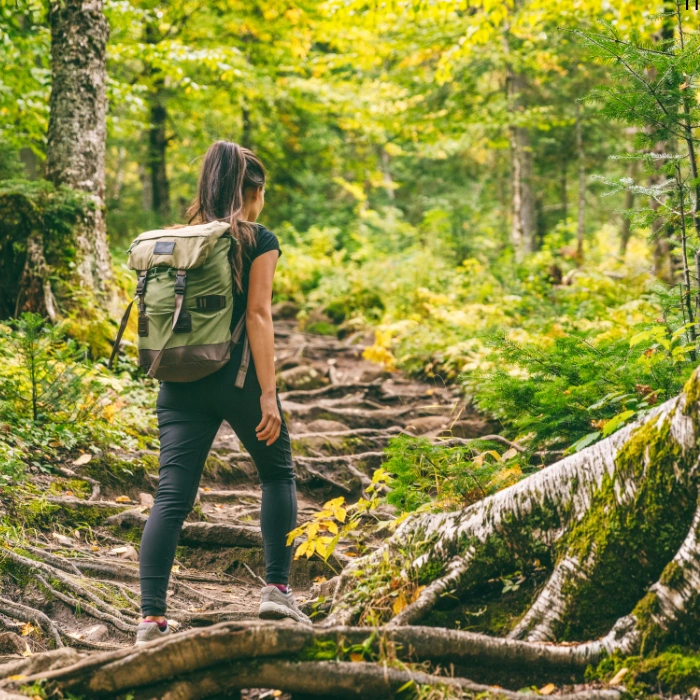
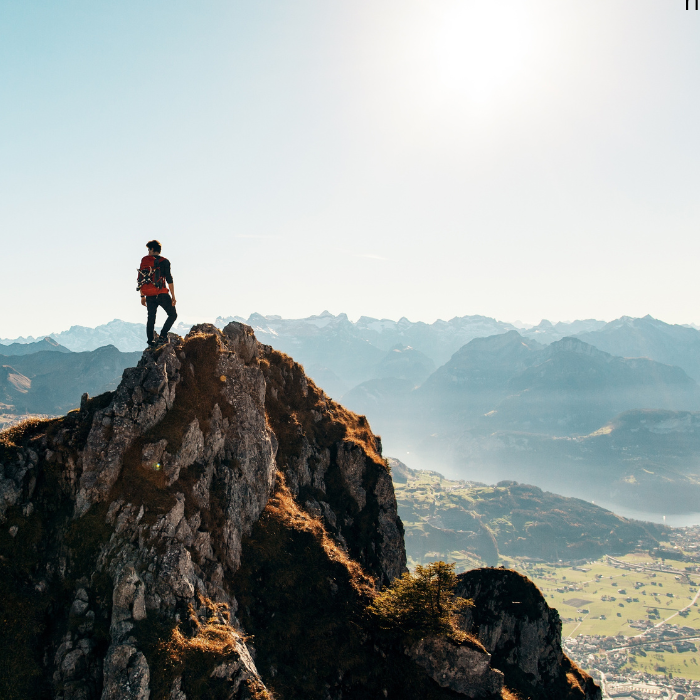
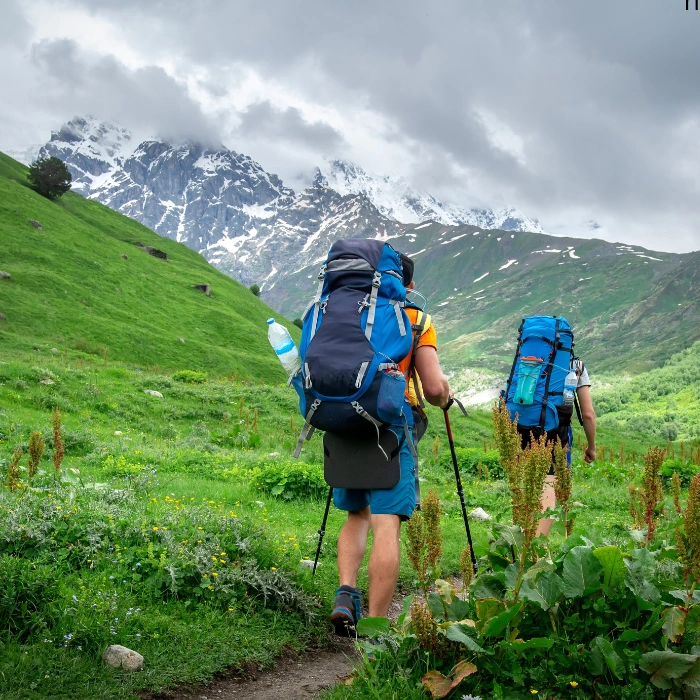
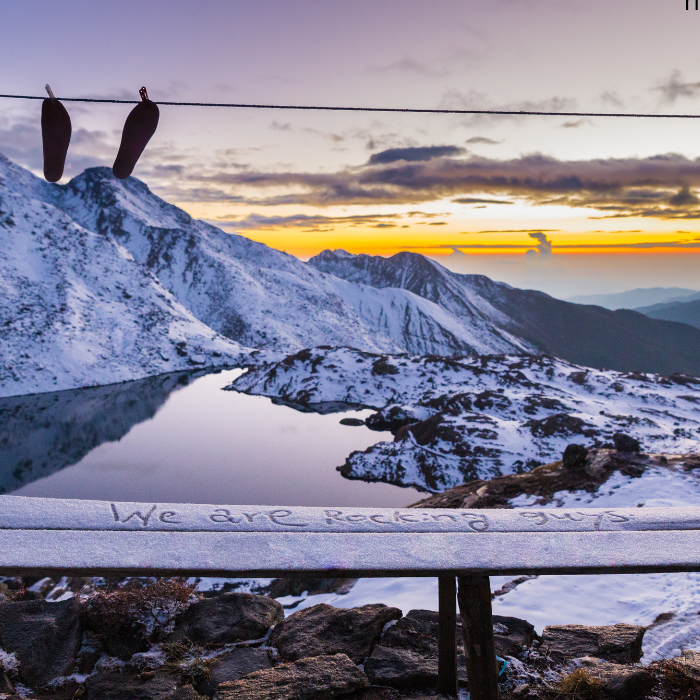
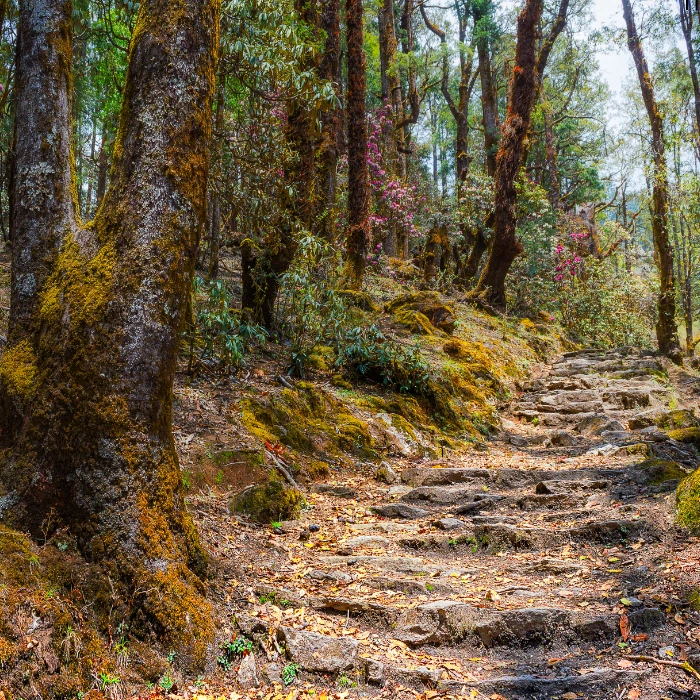
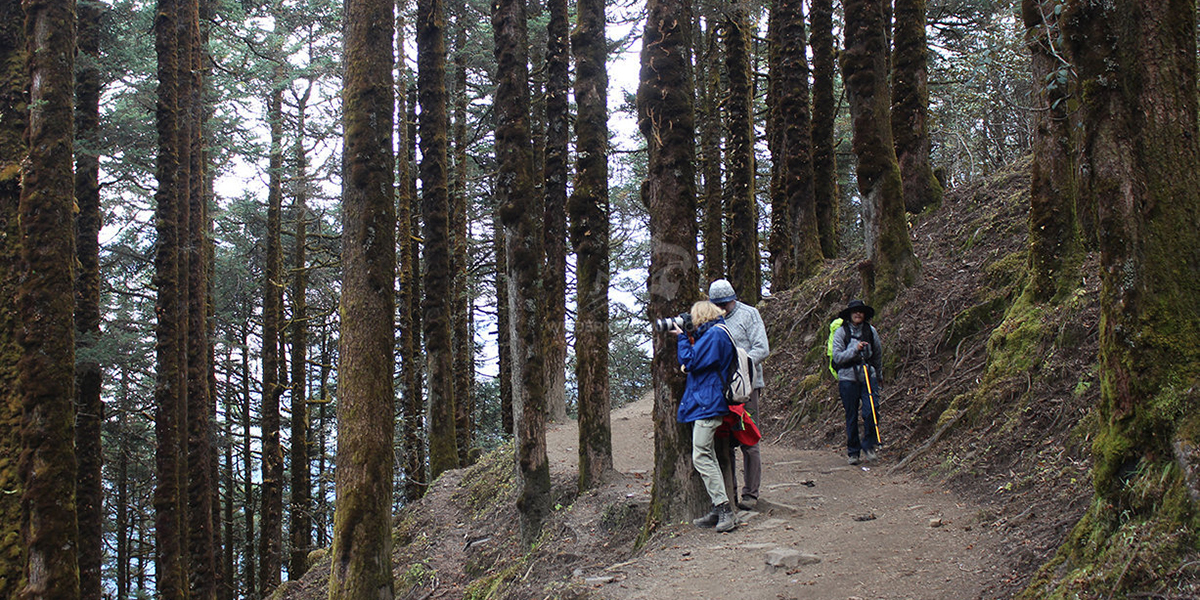
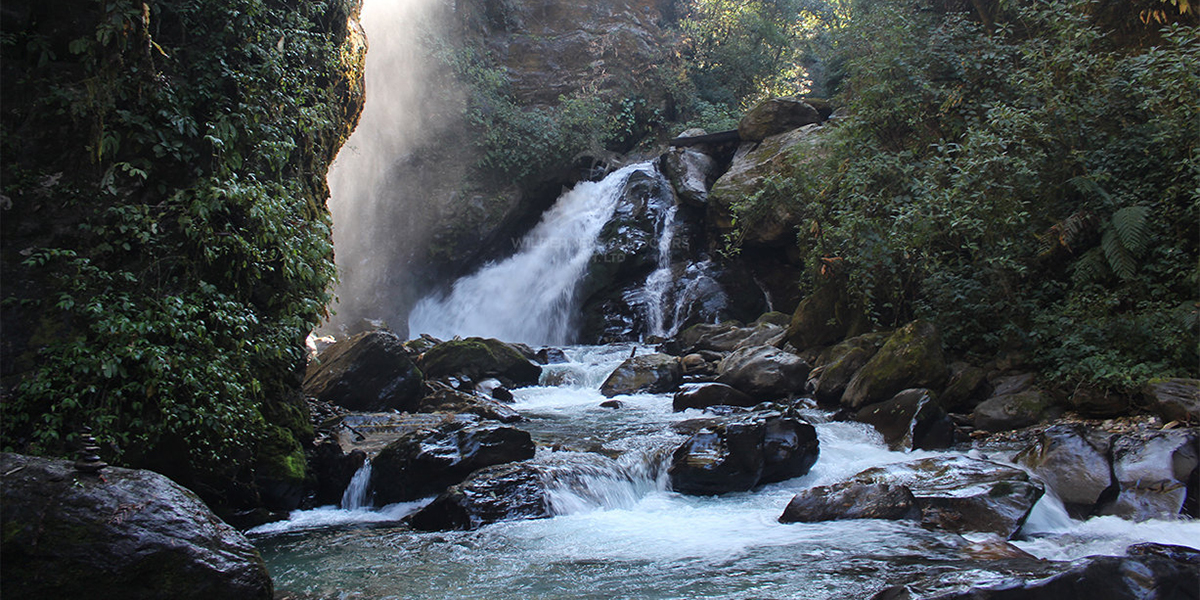


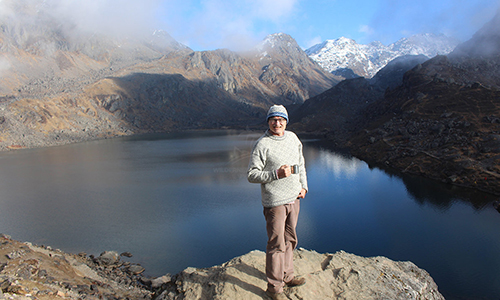






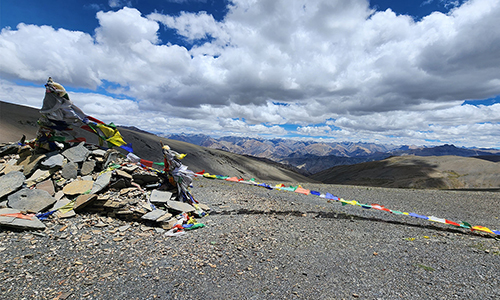

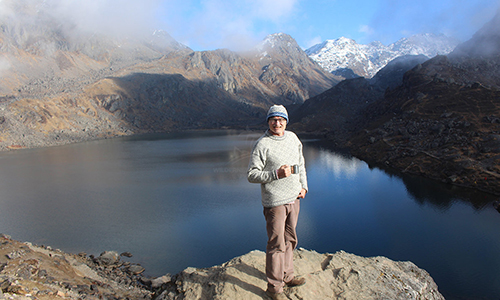


Emma Wilson
2025-06-16 12:11:03
The Gosaikunda Trek with Vyas Treks Nepal was an incredible experience! The alpine lakes and stunning mountain views were breathtaking. Our guide was very knowledgeable about the local culture and helped us acclimatize perfectly. The trail was peaceful and less crowded, making it a perfect escape into nature. I highly recommend this trek for anyone wanting to explore the spiritual and natural beauty of Nepal.